In the realm of technology and industry, the convergence of artificial intelligence (AI) and robotics represents a transformative leap forward. This article delves into the exciting developments at the intersection of AI and robotics, exploring how these advancements are revolutionizing automation, reshaping industries, and impacting society as a whole.
Introduction: The Rise of AI-Powered Robotics
Robots have long been a fixture in manufacturing, performing repetitive tasks with precision and efficiency. However, the integration of AI has ushered in a new era where robots are not just programmed machines but intelligent agents capable of learning, adapting, and making decisions in real-time.
Understanding AI in Robotics
AI's Role in Robotics
Artificial intelligence enhances robots' capabilities by enabling them to perceive their environment, process information, and make autonomous decisions. This is achieved through various AI techniques such as machine learning, computer vision, natural language processing, and reinforcement learning.
Types of AI-Powered Robots
1. Industrial Robots: These robots are used in manufacturing and assembly lines for tasks such as welding, painting, and assembly. AI enables these robots to optimize workflows, detect defects, and adapt to changing production demands.
2. Service Robots: Service robots are designed to assist humans in various roles, including healthcare, hospitality, and retail. AI enhances their ability to interact with people, perform tasks autonomously, and navigate complex environments safely.
3. Collaborative Robots (Cobots): Cobots work alongside humans in shared workspaces, performing tasks that require flexibility and interaction. AI ensures they can collaborate safely, respond to human cues, and adapt to dynamic environments.
Applications of AI-Powered Robotics
Manufacturing and Industry 4.0
AI-driven robotics is transforming manufacturing with increased automation, efficiency, and flexibility. Robots equipped with AI can handle complex tasks, operate 24/7, and optimize production processes to minimize waste and improve quality.
Healthcare and Medicine
In healthcare, robots powered by AI assist with surgeries, deliver medications, and provide patient care. AI enhances diagnostic accuracy, enables remote monitoring, and supports rehabilitation therapies, enhancing healthcare delivery and patient outcomes.
Logistics and Warehousing
AI-powered robots streamline logistics operations by autonomously managing inventory, picking and packing orders, and navigating warehouses. This improves efficiency, reduces errors, and accelerates order fulfillment in e-commerce and retail sectors.
Agriculture and AgriTech
Robots equipped with AI are revolutionizing agriculture by autonomously planting, monitoring crops, and applying fertilizers and pesticides. AI-powered drones and robots gather data on soil health and crop growth, enabling precision farming practices.
Benefits of AI-Enhanced Robotics
Increased Efficiency and Productivity
AI-powered robots can perform tasks faster, more accurately, and with greater consistency than humans. This boosts productivity in industries ranging from manufacturing and logistics to healthcare and agriculture, leading to cost savings and competitive advantages.
Improved Safety
Robots equipped with AI can handle dangerous tasks, work in hazardous environments, and operate alongside humans safely. AI enables robots to detect and respond to unexpected situations, minimizing the risk of accidents and injuries.
Scalability and Adaptability
AI enables robots to adapt to changing conditions and tasks, making them versatile across different applications and industries. This scalability allows businesses to deploy robots in diverse environments and scale operations as needed without significant reprogramming.
Challenges and Considerations
Ethical and Social Implications
The rise of AI-powered robotics raises ethical concerns about job displacement, privacy, and autonomy. Addressing these issues requires thoughtful regulation, workforce reskilling, and public engagement to ensure AI benefits society as a whole.
Technical Limitations
AI-powered robotics face challenges such as limited dexterity, high costs, and complex integration with existing systems. Overcoming these barriers requires continuous innovation in AI algorithms, sensor technology, and human-robot interaction.
The Future Outlook
Looking ahead, AI-powered robotics will continue to advance, driven by ongoing research and technological breakthroughs. Future developments may include robots with enhanced cognitive abilities, improved learning capabilities, and greater autonomy in decision-making.
Conclusion
AI-powered robotics represents a paradigm shift in automation, blending intelligence with mechanical prowess to redefine how tasks are performed across industries. By harnessing AI's capabilities, robots are becoming not just tools but intelligent collaborators capable of enhancing productivity, improving safety, and driving innovation.
In summary, the future of robotics is intricately linked with the evolution of artificial intelligence, promising a world where intelligent machines work alongside humans to create a more efficient, sustainable, and connected society. Embracing these advancements responsibly and ethically will be crucial in realizing the full potential of AI-enhanced robotics and shaping a future where technology serves humanity's best interests.











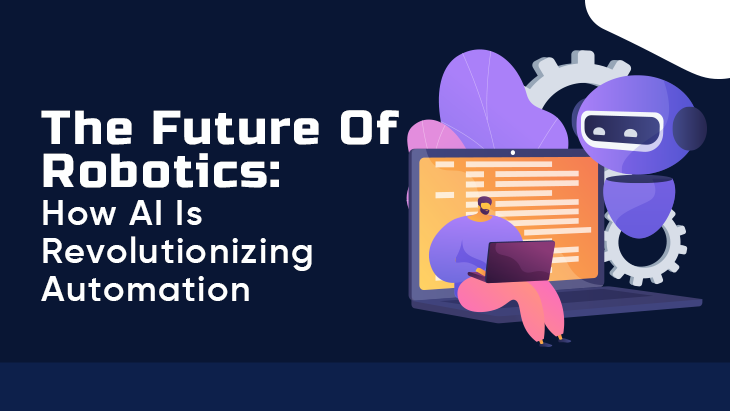
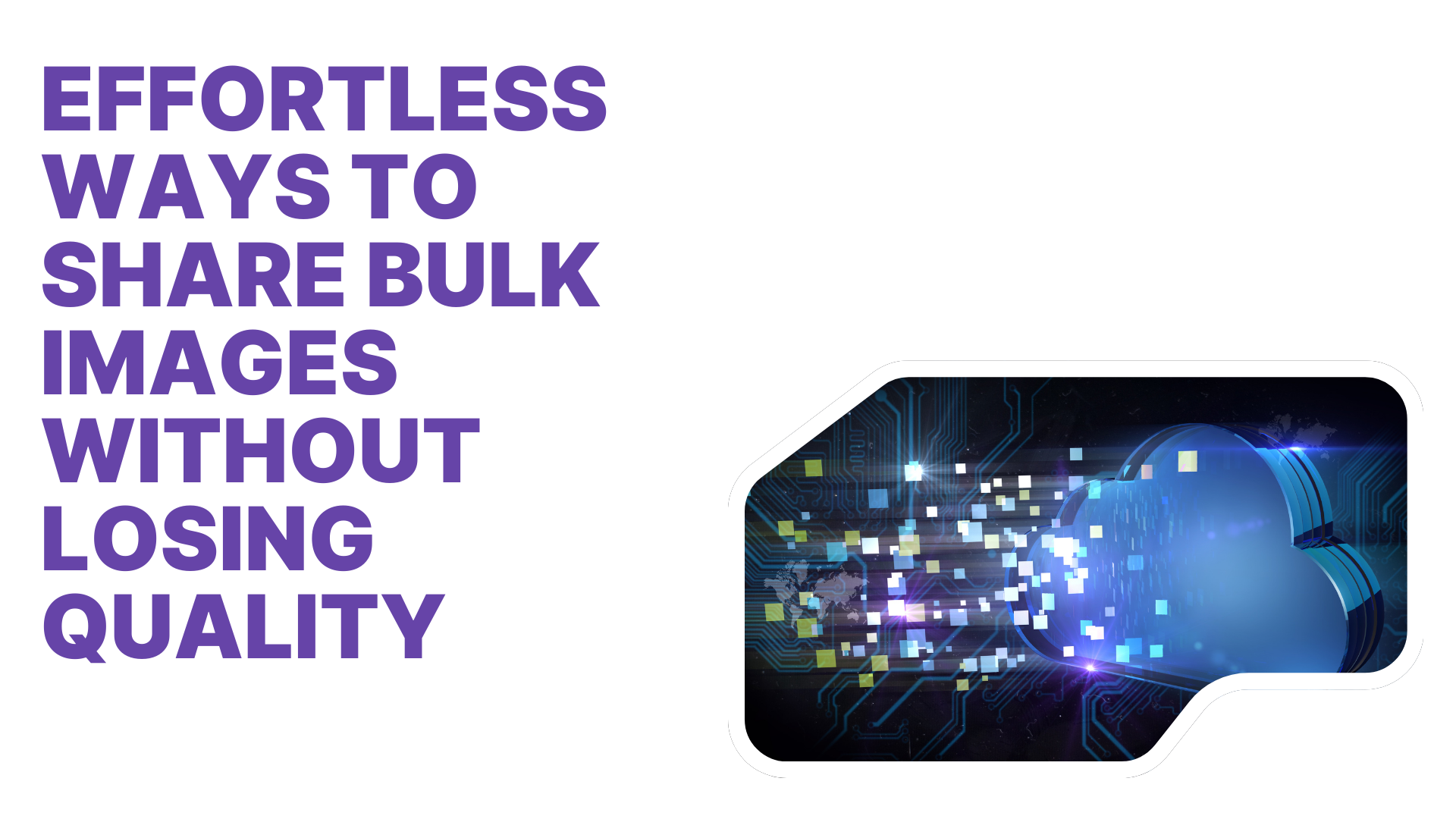
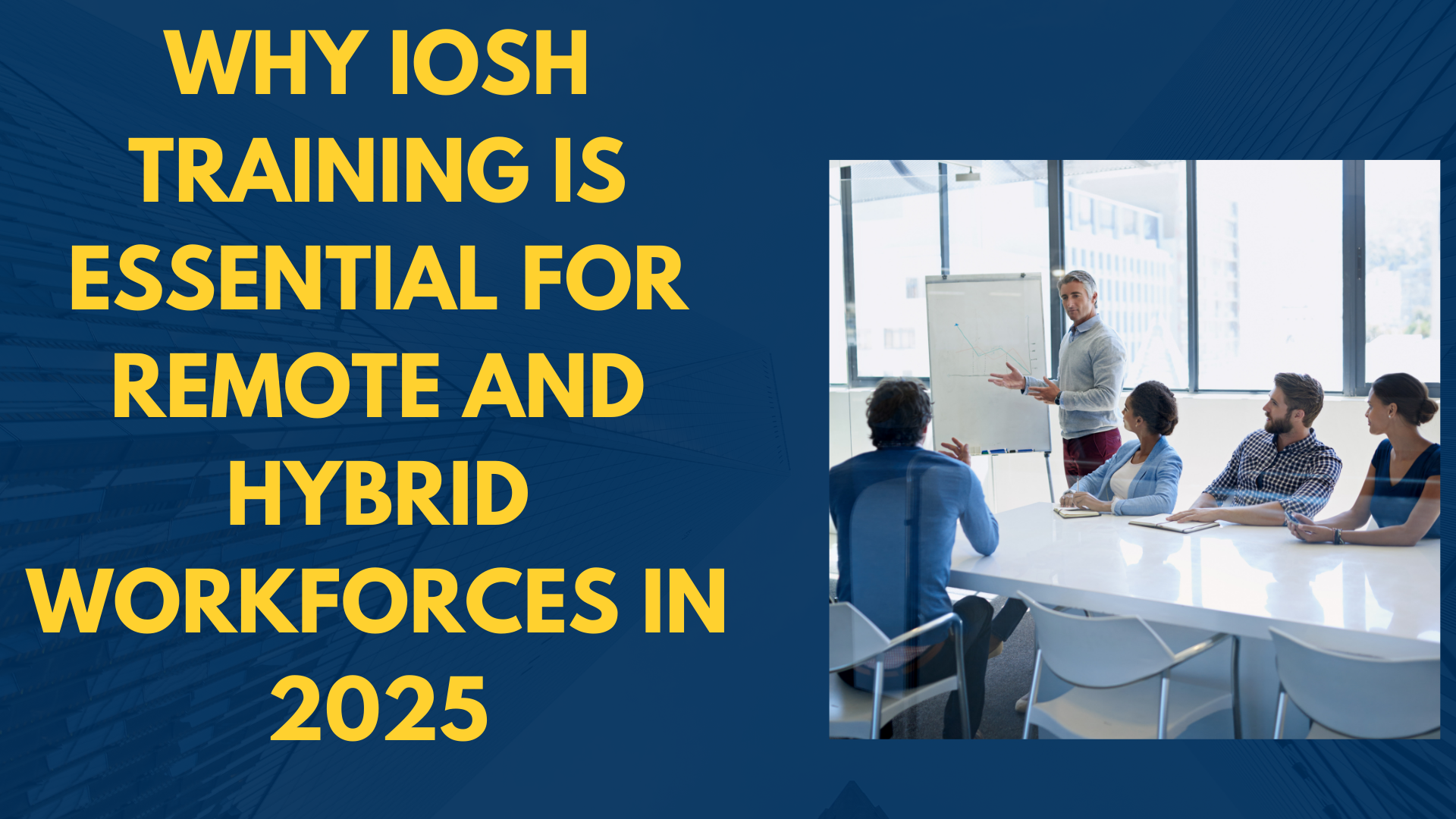
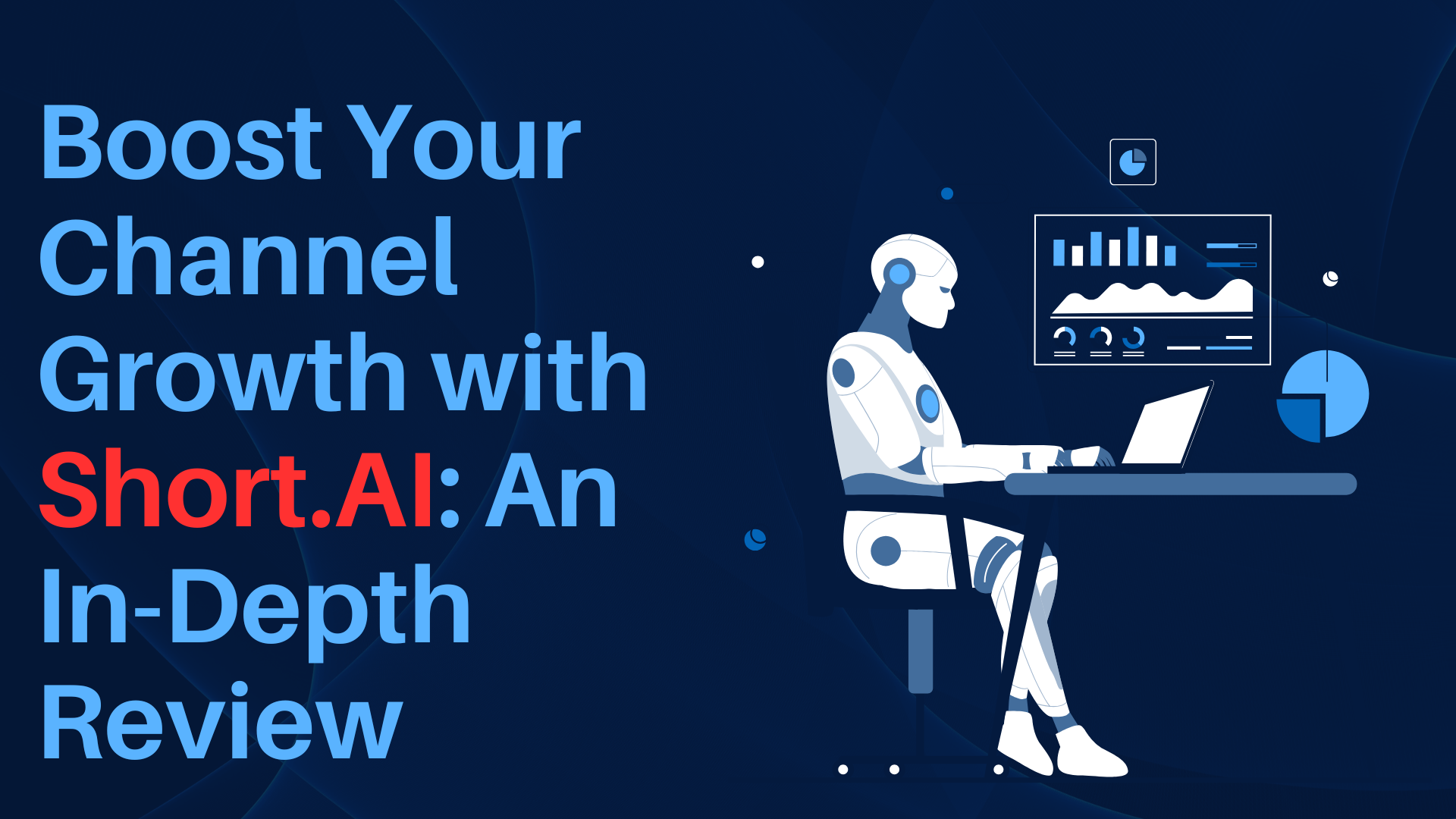
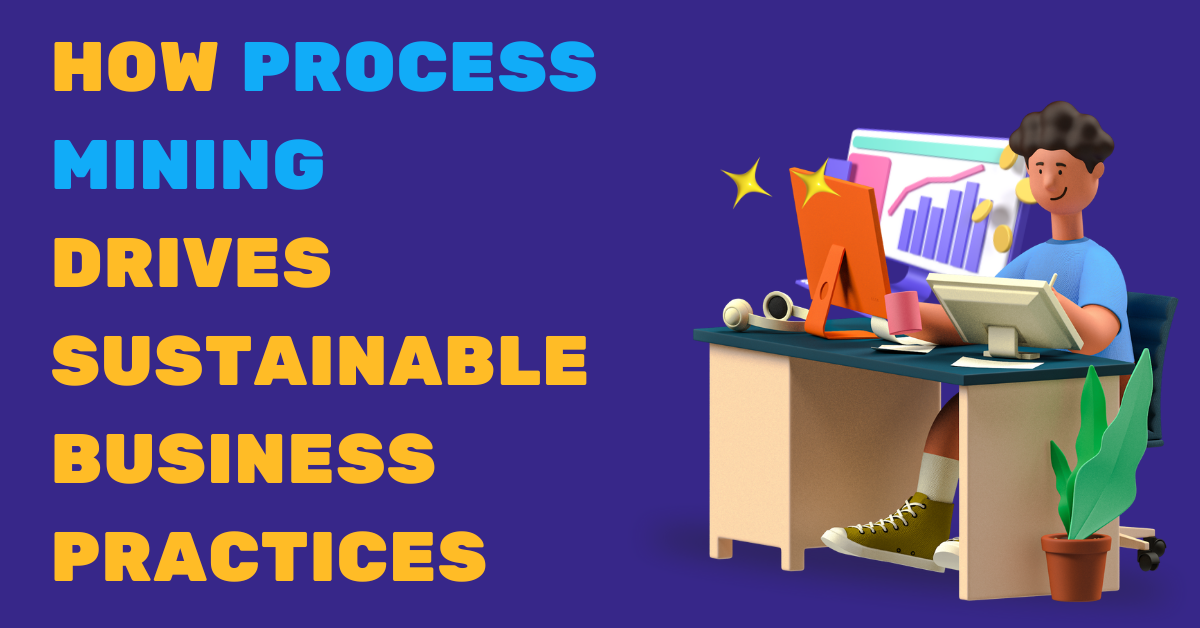

Post Comments